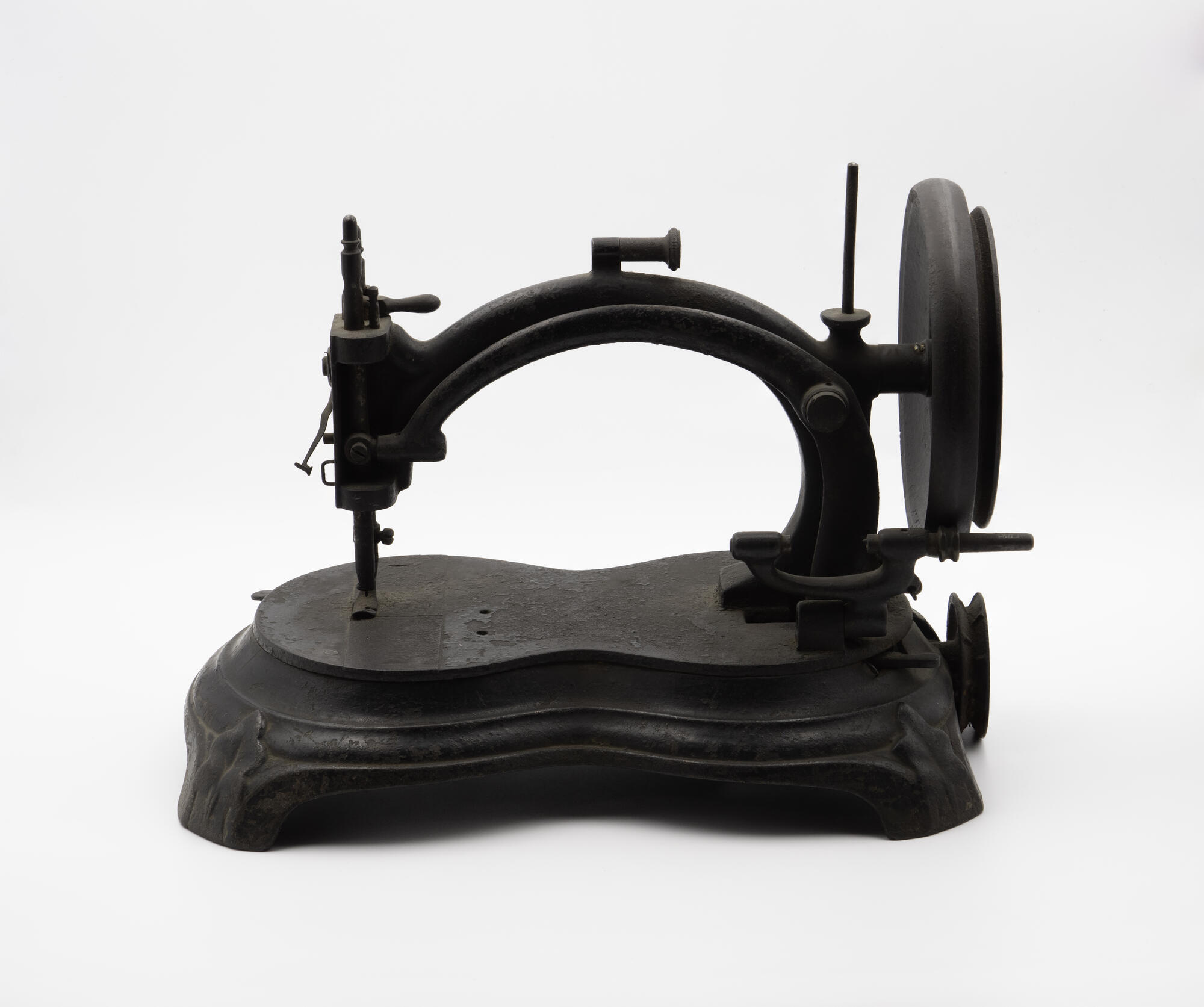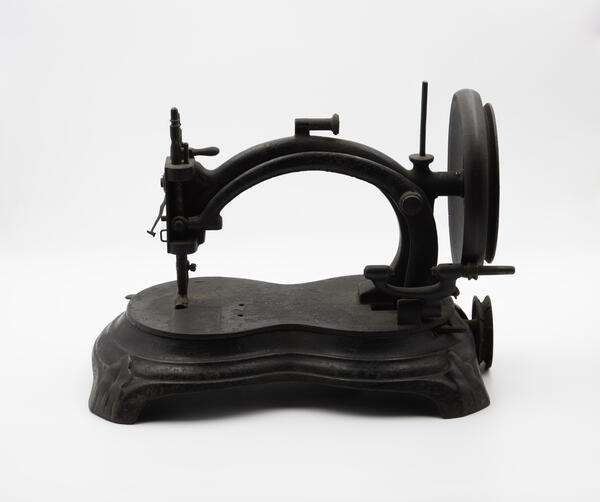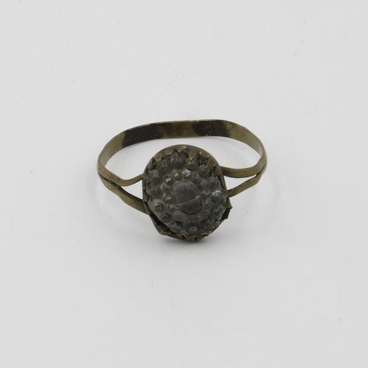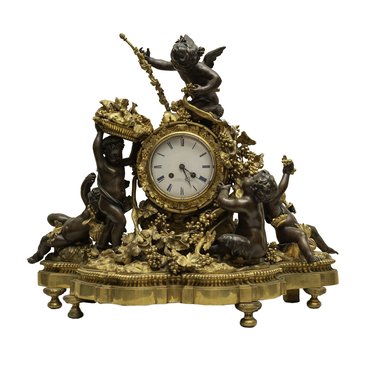The history of the sewing machine dates back many centuries. It was designed by Leonardo da Vinci, but he did not have time to implement it. The first working sewing machines appeared in the 14th-15th century in Holland — workshops used them to sow sails. It was a bulky machine that sewed two long canvases together. However, no exact description and name of the inventor of this machine remained in history.
The first well-known sewing machine model was invented by Karl Weisenthal, which he patented in 1755. His device allowed for the application of the same stitches as with manual work. However, this model had not been widely used either. Another development appeared in 1790: the inventor Thomas Saint intended it for shoe stitching.
A sewing machine more similar to modern models appeared in 1830. It was invented by the Frenchman Barthélemy Thimonnier and allowed to apply 200 stitches per minute. There was only one stitch, and the needle moved horizontally, which was quite inconvenient and required a certain skill from the craftswomen. Nevertheless, Thimonnier opened the world’s first clothing factory, where he used his invention until his company was burned down by competitors.
Gradually, there were fewer and fewer craft workshops. The Industrial Revolution of the 19th century replaced manual labor with machine labor, and machines periodically broke down and required repair. Engineer Isaac Singer, the inventor of the world’s most famous sewing machine, worked in one of the organizations that were engaged in repairing various mechanisms.
He sold his first piece of equipment in 1852, and two years later established the Singers Company partnership with headquarters in New York. Thus, a factory for the mass production of sewing machines with replaceable components was built. To attract customers, Singer launched a huge advertising campaign in the press and for the first time began to offer sewing machines not only to industrial workshops but also to ordinary housewives. Russia has become the most successful market for Singer after the American one. In 1896, the Russian joint-stock company ‘Singer Manufacturing Company’ appeared, and four years later the company built its mechanical plant in Podolsk.
The hook sewing machine of the 19th century from the museum collection was used mainly to sew hats. It is designed to sew skins and furs on hats. Also, that kind of machine is called a fur sewing machine. It is used to connect the insulation lining with the front side of the hat and to process the opening of the headdress.
The first well-known sewing machine model was invented by Karl Weisenthal, which he patented in 1755. His device allowed for the application of the same stitches as with manual work. However, this model had not been widely used either. Another development appeared in 1790: the inventor Thomas Saint intended it for shoe stitching.
A sewing machine more similar to modern models appeared in 1830. It was invented by the Frenchman Barthélemy Thimonnier and allowed to apply 200 stitches per minute. There was only one stitch, and the needle moved horizontally, which was quite inconvenient and required a certain skill from the craftswomen. Nevertheless, Thimonnier opened the world’s first clothing factory, where he used his invention until his company was burned down by competitors.
Gradually, there were fewer and fewer craft workshops. The Industrial Revolution of the 19th century replaced manual labor with machine labor, and machines periodically broke down and required repair. Engineer Isaac Singer, the inventor of the world’s most famous sewing machine, worked in one of the organizations that were engaged in repairing various mechanisms.
He sold his first piece of equipment in 1852, and two years later established the Singers Company partnership with headquarters in New York. Thus, a factory for the mass production of sewing machines with replaceable components was built. To attract customers, Singer launched a huge advertising campaign in the press and for the first time began to offer sewing machines not only to industrial workshops but also to ordinary housewives. Russia has become the most successful market for Singer after the American one. In 1896, the Russian joint-stock company ‘Singer Manufacturing Company’ appeared, and four years later the company built its mechanical plant in Podolsk.
The hook sewing machine of the 19th century from the museum collection was used mainly to sew hats. It is designed to sew skins and furs on hats. Also, that kind of machine is called a fur sewing machine. It is used to connect the insulation lining with the front side of the hat and to process the opening of the headdress.



